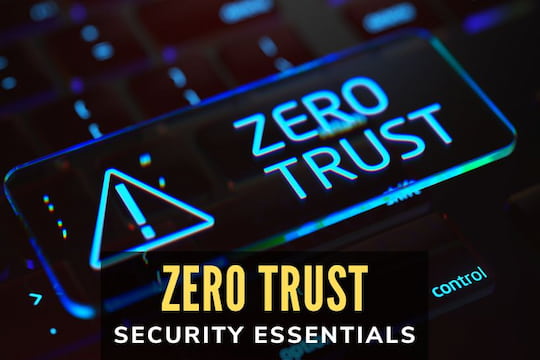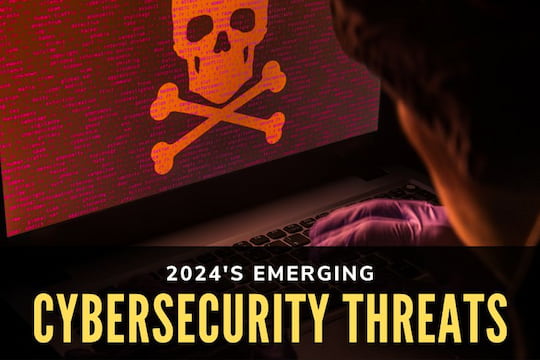Zero trust is a guiding theory of network security architecture that provides the highest layer of security by presuming that no user or application is inherently trustworthy. While zero trust was taken for granted in early systems with limited network access, it can be challenging to implement without careful planning and consideration in a modern business or government network. These zero trust security principles that we've compiled will ensure that you plan the process to protect your network effectively.
Assume Breach

This is one of the biggest integral ideas within the theory and is the most important aspect of all zero trust security principles in our opinion. By assuming a breach is occurring or being attempted with every access point, your staff will implement proper protections to challenge each endpoint instead of establishing a secure perimeter and believing that every connection originating from within that perimeter is valid.
Encryption and Network Segmentation

Next in importance when it comes to zero trust security principles is a tight race between encryption and network segmentation, so we'll address them together. End-to-end encryption is essential for data security; leaving data unencrypted within your networks makes an attacker's job easier.
Network segmentation takes the traditional castle-and-moat approach to network security and turns it on its head. Instead of a hardened perimeter with robust defenses and all data accessible within that perimeter, network segmentation requires that you create partitions within your network with their own perimeters, authentication challenges, and security measures. Along with our next zero trust security principle, network segmentation prevents an attacker from gaining access to all sensitive data by simply compromising any user account.
Apply Principles of Least Access
We've previously discussed how broad the IT managers role in preventing cyber threats can be, but ensuring that principles of least access are in place for all users is one of the best cybersecurity steps any IT manager can take. This ensures that all network users have access only to the data and areas of the network that they need to complete their tasks and nothing more. This includes senior management and executive staff.
Monitor Network Traffic
With all these zero trust security principles in place, there may be no need for any real-time monitoring software. In keeping with the mantra of "never trust, always verify," which has become the slogan of zero trust policies, traffic monitoring programs should always be in place. The goal is to identify users in your system whose behavior does not conform to normal behavior. You're looking for access at uncommon times, known users accessing from unknown endpoints, suspicious data exfiltration, and other outlying activities.
Even artificial intelligence software harnesses machine learning to teach itself what traffic is within normal activity for your network. It can then follow prescribed guidelines for activity that violates those norms, like suspending access for users pending review, notifying IT security staff, or many other options.
Use Tokens

We always recommend multifactor authentication (MFA), but true zero trust encourages a move away from more easily beaten MFA methods like one-time passcodes through SMS or email and towards something more secure. Connected tokens require a physical connection to a device, while disconnected tokens do not. You can use items like a USB or smart card system to conduct your MFA, and the requirement of the presence of a physical item to complete the login adds a layer of difficulty for any cyber attacker to overcome.
Zero trust architecture is a more secure way to construct your network. Using these best practices will help ensure that your sensitive data stays where it belongs.


























